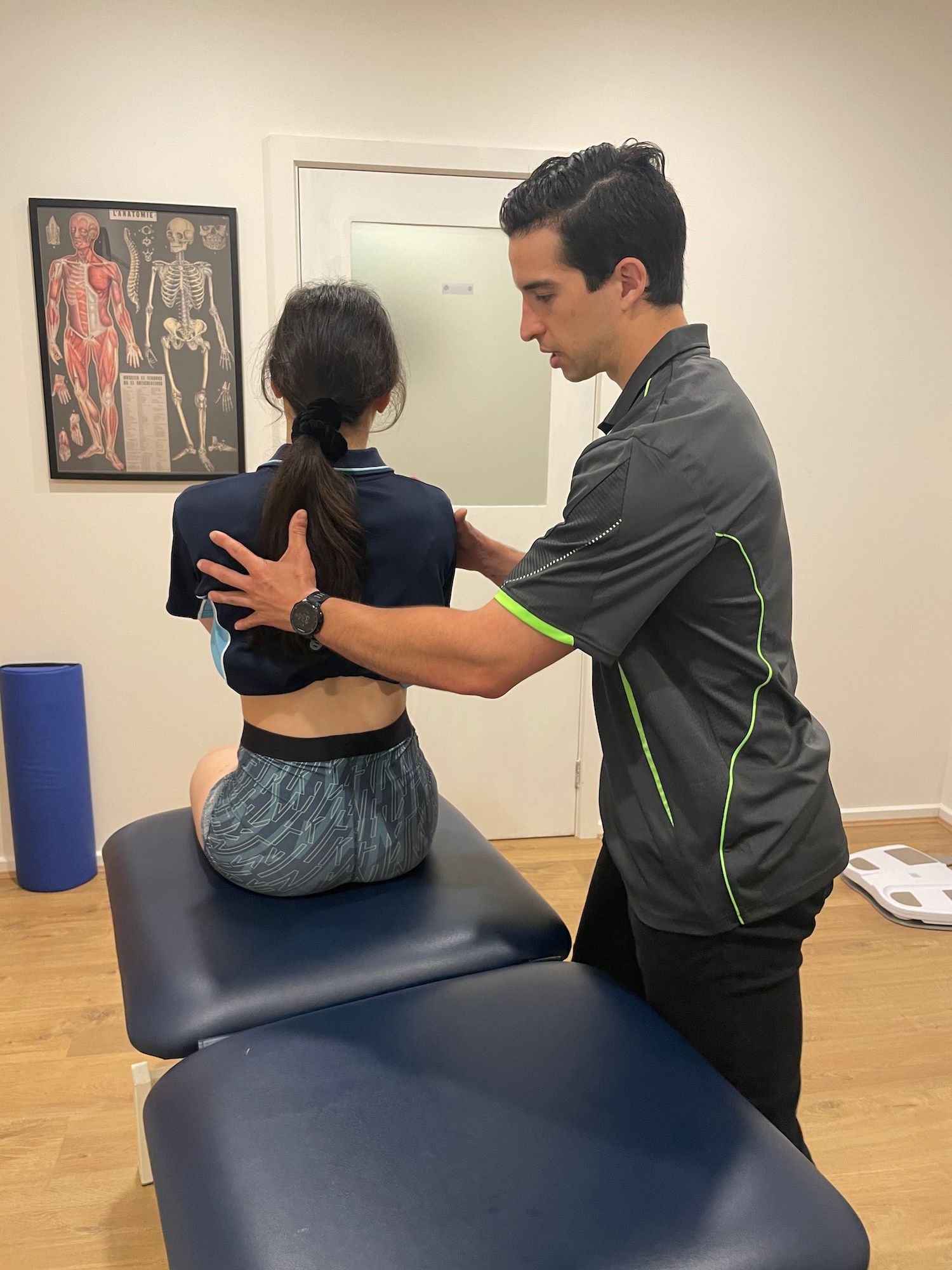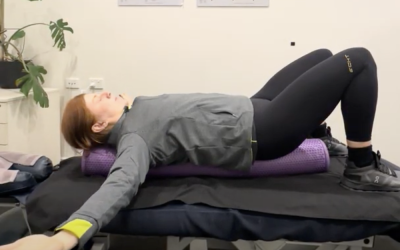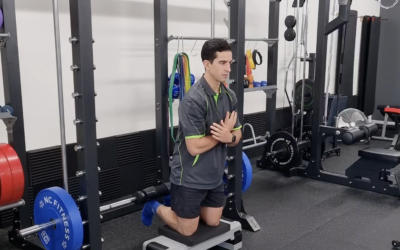Have I slipped a disc?

Have I just slipped a disc? Oh no!
Fear not! It isn’t the end of the world.
Throughout our lives, we put our spine under pressure with everyday occurrences like household chores, sport, work, weight gain and direct trauma.
This can cause the jelly-like disc to slowly, but surely, become more flat and less shock absorbent. Eventually due to wear and tear, they lose their shape and bulge out slightly, which CAN or CANNOT touch the surrounding nerve roots causing irritation and nerve pain.
So, as our bodies start the degeneration process from the time we are in our mid-twenties, coupled with everyday stress and trauma, disc bulges would seem pretty common, yeah? Well, it is…especially over the age of 40, usually in the lower back.
Surprisingly, a lot of people “slip”discs, yet have no symptoms of this whatsoever, simply due to general wear and tear! And so, they go on with their lives- none the wiser!
Yes. That’s right. Bulging discs can have no symptoms.
Just because your MRI comes back positive with a result for a bulge, doesn’t necessarily mean that it is going to be the source of your pain. You may not even know how long you have had it for!
If it does turnout that you have sustained an acute disc bulge, and it is causing you pain, Myotherapy can assist in reducing the associated symptoms, like tight muscles, as well as strengthen the core and the spine using using basic exercises to prevent further postural and mechanical issues.
Symptoms usually hang around for about 6 weeks (depending on each individual case and the things they are doing to assist recovery), but thankfully, not forever.
With this in mind, our bodies are clever and will occasionally tighten the surrounding areas as a safeguard, and this can be managed and released by our fabulous Myos.
– Alli Jennings
Sleep Quality vs Quantity
HOLISTIC HEALTH SERIES: SLEEP Sleep is arguably one of the most important factors to consider in an individuals overall health journey. Sleep can help us heal, deal with stress, consolidate memories and learning, and improve recovery. Sufficient sleep sets us up for...
Chest Openers: Techniques and Benefits!
Chest openers are an easy exercise you can incorporate into your daily routine. Improve posture, increase flexibility, and enhance your overall well-being.Chest Openers: The perfect upper back stretch Chest openers not only stretches the front of the body, including...
Risk of hamstring injury and hamstring injury prevention
A blog for the weekend warriors, sportspeople, boot camp battlers and anyone that’s experienced a hamstring setback at any stage. Hamstring injuries are the most common reason sportspeople miss time training or playing – in elite soccer, they account for a whopping...



